Executive
Voter fraud with the machine

The news rings with tales of the most obvious kind of voter fraud: registering to vote when the law does not allow it, or standing in for a registered voter who has died or moved out-of-town or better yet out-of-State. But how do you know the voting machine tallies your vote accurately? Today a Republican State representative candidate from Chicagoland found out the hard way: you can’t always trust the machine. Election authorities can solve that problem, but only if they want to.
Accident – or attempted voter fraud?
Jim Moynihan is running as a Republican in the 56th Illinois Assembly district. Today he took part in early voting, in Schaumburg, Illinois. He used a touch-screen voting machine. He duly marked his own check box on the ballot.
And the machine noted his vote – for his Democratic opponent.
He tried again. Same result. Then he tried to vote for the Republican candidates in other races. Again the machine registered the Democrat instead.
He came out at once and told the election judge. For everyone’s information: any voting precinct has at least three or four officers. The judge is the most senior. Next comes the inspector, the senior officer from the opposite party from the judge. Your correspondent has served as an election inspector in several elections.
The election judge kindly let Mr. Moynihan – somehow – cast valid ballots for himself and his fellow Republicans. But the reporter for the story never found out whether that election judge managed to get another voting machine in to replace the faulty one.
That was likely an accident. Anyone bent on voter fraud, by changing the results, wouldn’t be foolish enough to show what he was doing to the voter while the voter was voting. But how do you know, when you cast your vote, the machine will record it accurately?
Voter fraud in the machine: too easy
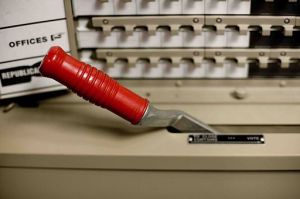
The Print-O-Matic voting machine, focusing on the giant red lever a voter must pull to the right to unlock the tiny voting levers, then pull to the left to cast his vote. Photo credit: Paul Joffe (Wikimedia Commons), CC BY-SA 3.0 Unported License
Eight years ago (hat tip: The Last Resistance), Home Box Office aired a documentary titled Hacking Democracy. It showed how easily one can hack a voting machine. Of course, the head of Diebold Electronic Systems (as the company then called itself) furiously said the documenters made it all up. But the Secretary of State for California commissioned a special report to check that out. The report’s authors said someone could hack a voting machine just as that documentary showed. The authors also said one could counteract such fraud easily. They offered a few solutions.
But they didn’t offer the solution best able to eliminate even the appearance of voter fraud by this method, or the possibility of voter fraud by the election clerk. Because that solution does not rely on high technology.
CNAV can understand, to a point, why election authorities like electronic voting machines. They have many fewer moving parts than do the century-old Print-O-Matic machines they replaced. A voter can vote on such a machine without having to do the high-resistance lever pull the Print-O-Matic machine required to:
- Close the curtains and prepare to vote, and then
- Register all votes and open the curtains.
They also can send results quickly and efficiently to the Secretary of State’s office, so they can tally them and send them out to the news media.
But the old Print-O-Matic machine did one thing the new voting machines don’t do: produce a paper record. At the close of voting, the election judge would hand-crank the machine to print out the results. He could then announce them for everyone present to hear them. Then he would take them down to City Hall for tallying. But today the judge takes in a memory card. And no one knows whether the memory is accurate. The special report shows how easily someone can alter it. And he doesn’t even need a password.
And of course, Hacking Democracy said nothing about a hack further upstream: pretending to register a vote one way, but tallying the vote the other way.
How to prevent voter fraud in the machine
[ezadsense midpost]
CNAV proposes another way to solve the problem. Keep, next to the voting machine, a locked box with a slot on top. In short, a classic ballot box for paper ballots.
When the voter is ready to cast his votes, the machine prints out a list of the votes he marked. It prints two copies: one for the voter to keep for his records, and one to drop into the ballot box. When the voter is satisfied that the machine reflects his votes as he wants to cast them, he presses another button to confirm his vote. Then he drops a copy of the vote list into the ballot box.
Then, if anyone calls for a recount for any reason at all, the authorities can open the box and do the recount with those papers.
This system would preserve the speed and ease-of-use advantage of the electronic voting machine, but keep the authentication advantage of paper ballots. Voter fraud, in the form of changing people’s votes without telling them, could not happen.
If Secretaries of State, and County Election Clerks, seriously want to stop voter fraud, they will reform electronic voting by this method.
[ezadsense leadout]
[subscribe2]
Terry A. Hurlbut has been a student of politics, philosophy, and science for more than 35 years. He is a graduate of Yale College and has served as a physician-level laboratory administrator in a 250-bed community hospital. He also is a serious student of the Bible, is conversant in its two primary original languages, and has followed the creation-science movement closely since 1993.
-
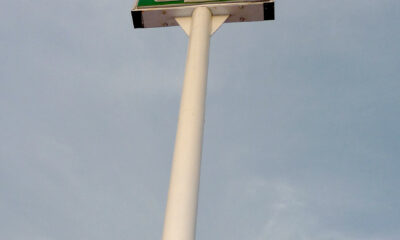
 Guest Columns4 days ago
Guest Columns4 days agoShe Saved Her Life. 7-Eleven Fired Her
-

 Civilization4 days ago
Civilization4 days agoDemocrats’ Viral Video Lights Match to the Republic
-

 Guest Columns4 days ago
Guest Columns4 days agoWaste of the Day: What’s Big, Grey And Costs $350K?
-
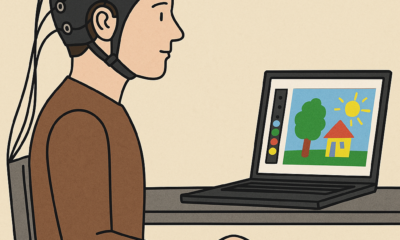
 Civilization3 days ago
Civilization3 days agoThe AI Challenge: Palantir, the Pope, and Paul Kingsnorth
-
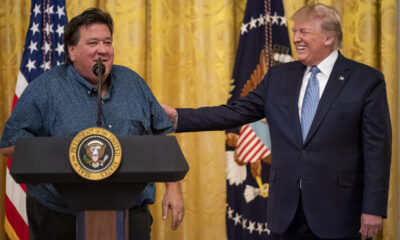
 Civilization3 days ago
Civilization3 days agoNo Kings, No Queens, No Blind Loyalty
-

 Executive3 days ago
Executive3 days agoWaste of the Day: California’s $450 Million 911 Center Doesn’t Work
-

 Civilization2 days ago
Civilization2 days agoThe World Needs to Restore Balance and Objectivity on Climate
-

 Civilization2 days ago
Civilization2 days agoFree Speech Requires a Pious Commitment







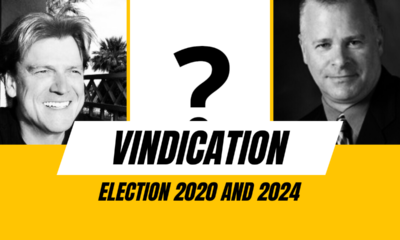



Imagine that. In Chicago. WOW
Ted Foster liked this on Facebook.
[…] Voter fraud with the machine […]